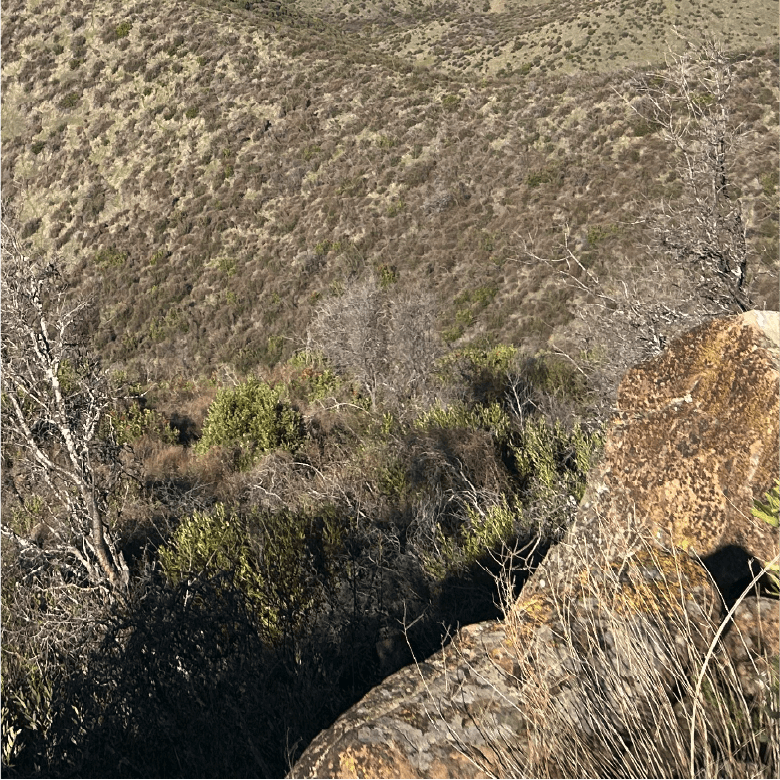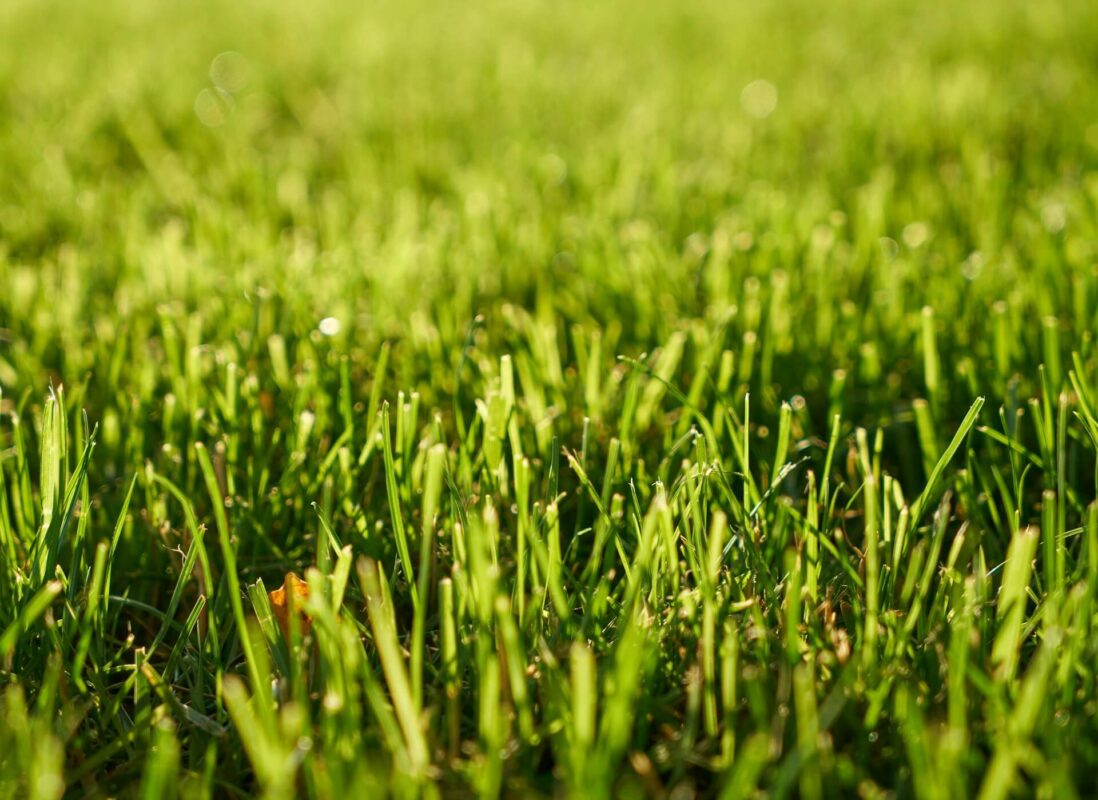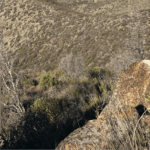
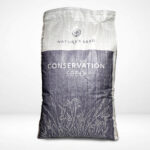
What is the Chaparral Sage Scrub Mix?
The Chaparral Sage Scrub Mix is a rich blend of native Californian plants that are perfectly adapted to the chaparral biome. This mix contains a variety of grasses, shrubs, and flowering plants that provide a diverse and attractive landscape year-round. The mix is designed to support local wildlife and is highly resilient to the region’s fire-prone conditions.
Use this mix when native chaparral scrub restoration is desired. It is a blend of grasses, flowers and shrubs for revegetation of soil and slopes with plant types that belong here. There is a quick start grass to protect soil and allow slower perennials to provide their permanent cover in the years to come. Designed as a non-irrigated mix, irrigation will foster establishment and prolong the blooming period.
Species include: Acmispon glaber, Artemisia californica, Encelia farinose, Eriogonum fasciculatum, Eschscholzia californica, Festuca microstachys, Hesperoyucca whipplei, Lasthenia californica, Lupinus bicolor, Mimulus aurantiacus , Phacelia ciliate, Salvia apiana, Salvia mellifera, Stipa pulchra, and Trifolium willdenovii
All seed in this mix was collected with permissions and/or grown in Southern California.
Specifications
Sun Requirement
Full Sun to Partial Shade
Soil Preference
Well-drained soil
Soil pH
6.0 - 8.0
Time to Maturity
60-90 days
Height when mature
1-6 feet
Seeding Rate
1 lb per 1000 sq ft
Planting Depth
1/4 inch
Chaparral Sage Scrub Mix
SKU: PB-CHSS
Does This Product Grow Well in Your Region?
Check your region
$37.64 – $127.99Price range: $37.64 through $127.99
Why Choose This Seed?

Promotes Biodiversity
The mix contains a diverse range of species which support various wildlife.
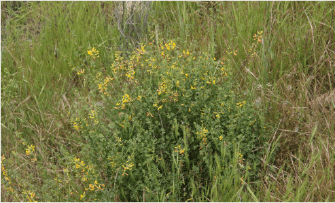
Drought Tolerant
The plants in this mix are adapted to survive in dry conditions.

Fire Resistant
Many of the species in this mix are known for their fire resistance, making it ideal for chaparral climates.
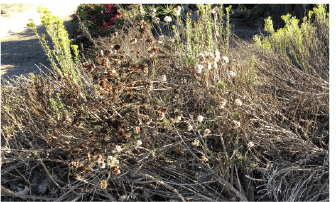
Low Maintenance
Once established, these plants require minimal care.
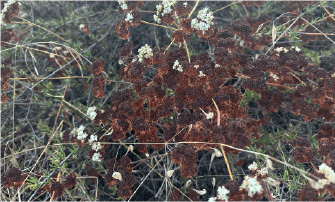
Aesthetically Pleasing
This mix provides a variety of colors and textures for a beautiful landscape.
Seed Description
Product Details
Sun/Shade
Full Sun to Partial Shade
Height
1-6 feet
Seeding Rate
1 lb per 1000 sq ft
Uses
Landscaping, Erosion Control, Wildlife Habitat
Color
Varied (Green, Yellow, Purple, Orange)
Water
Low to Moderate
Native/Introduced
Native to California
Life Form
Grass, Shrub, Flower
Planting Guide
When to Start & Weed Control
Start prepping your planting area in fall, so that you are ready to seed between late September and early February, when temperatures cool and rain is on the horizon.
Weed your growing area BEFORE planting any native seeds. We recommend not only pulling visible weeds but also “flushing out” the weed seeds that are waiting in the soil. Irrigate the area and wait for weed seeds to germinate, then remove them using your method of choice. Irrigate again, wait, and perform another round of weed control. Repeat 2-3 times.
Soil Prep
Ensure your soil is as bare as possible for the maximum amount of seed-to-soil contact. If the entire area can’t be completely cleared, rake out as much dead plant material from the area as you can to create bare patches of soil for the seed to make contact with. For best results, the soil should be easily crumbled and not heavily compacted.
Seeding
It is best to seed onto slightly damp soil. If necessary, water the top 1/4 inch of soil before seeding. Scatter seed directly on the soil surface and rake gently or lightly press the seed into the soil. Do not bury the seed deeper than 1/4 inch into the soil.
Water
After planting, keep the top 1/4 inch of soil consistently moist until the seeds have germinated and the first true leaves have emerged. A good rule is to water lightly every day intul the seedlings are an inch high, then you can reduce watering to every 3 days. Skip days when it rains. Within 6 weeks after germinating, your plants should need only occasional watering. Don’t over-water your plants, especially in summer.
Questions & Answers
When is the best time to plant the seeds?
The best time to plant is in the fall or early spring.
How often should I water the seeds?
The seeds should be kept moist until they germinate, after which they can be watered regularly depending on the weather conditions.
Are these plants deer resistant?
Some of the plants in this mix like California Poppy and Sage are known to be deer resistant.
Can these plants survive in poor soil?
The plants in this mix are adapted to a variety of soil conditions.
How much area will one bag cover?
One pound of this mix will cover approximately 1000 square feet.
Are these plants good for pollinators?
Yes, many of these plants are excellent for attracting pollinators like bees and butterflies.
Still have
questions?
Our planting experts
are here to help.
customercare@naturesseed.com
Response time:
Within 1 business day
Reviews
| Coverage Area | , , |
|---|
Related Products
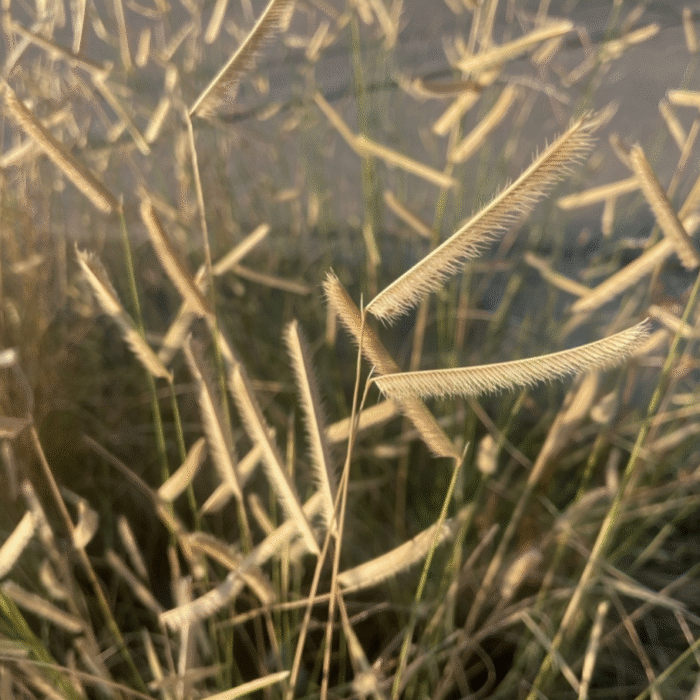
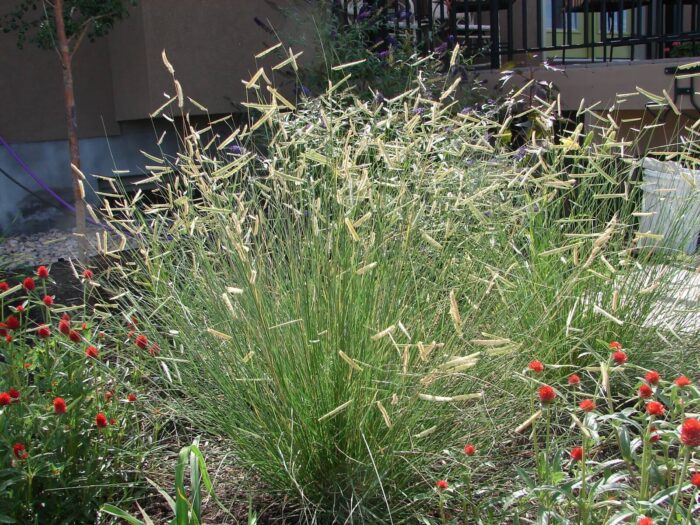
Blue Grama
(4.7) - 145 reviews
$55.40/lb
Cattle, Poultry, Sheep, Goats, Horse, Bison, Alpaca/Llama, Pig, Tortoise, Honey Bee
Northern USDA Regions (3-5), Southern USDA Regions (8-10), Transitional USDA Regions (6-8)

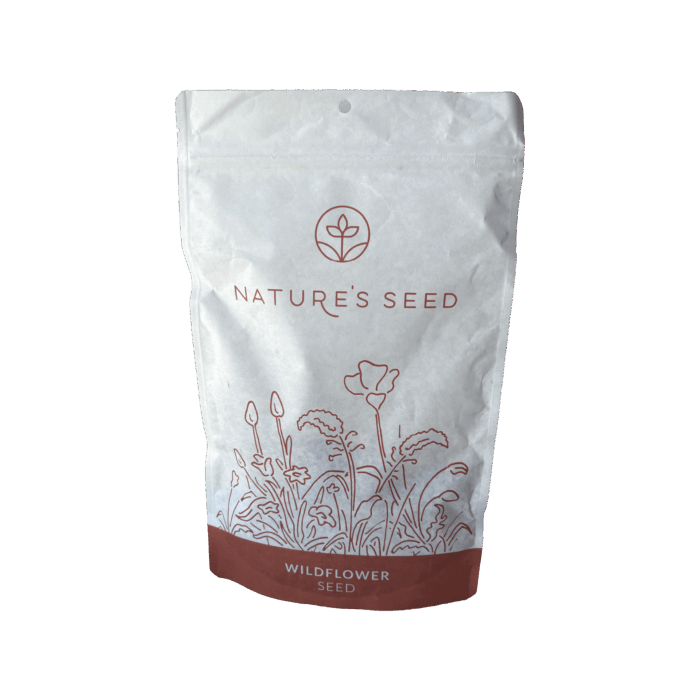
Blue-eyed Grass
(4.7) - 145 reviews
$171.96/lb
Meadow plantings, lawn alternatives, pond edges, rock gardens, open woodlands
Southern USDA Regions (8-10), Transitional USDA Regions (6-8)
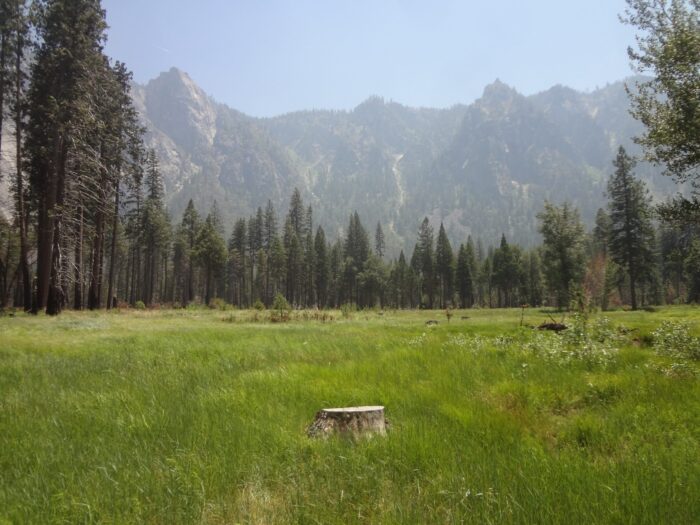
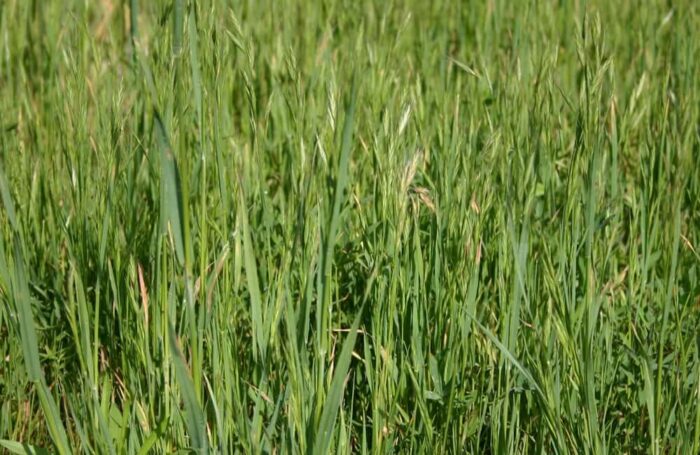
California Native Erosion Control Mix
(4.7) - 145 reviews
$35.00/lb
Erosion control, Sustainable landscaping, Wildlife Corridors, Native Meadows, Habitat restoration
Southern USDA Regions (8-10), Transitional USDA Regions (6-8)
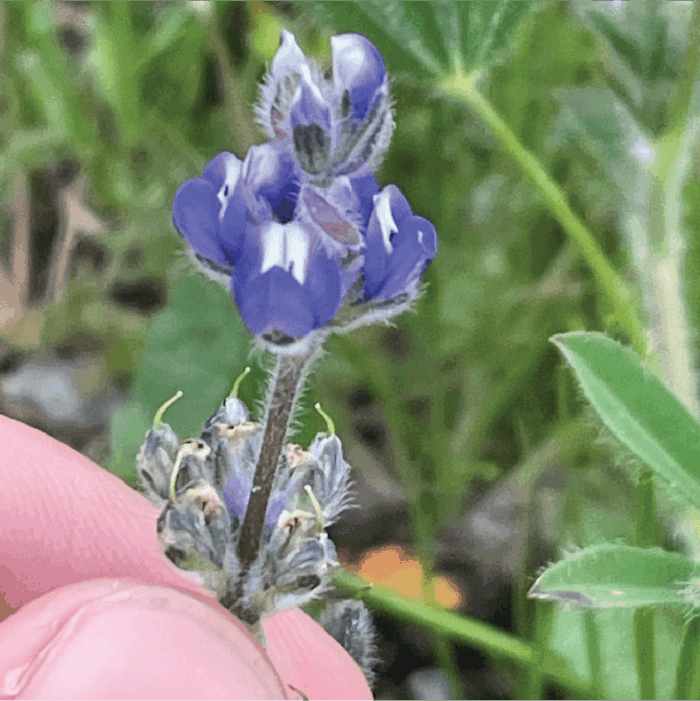

Miniature Lupine
(4.7) - 145 reviews
$63.96/lb
Native wildflower lawns, meadow mixes, roadside revegetation, cover crop
Southern USDA Regions (8-10), Transitional USDA Regions (6-8)


Purple Needlegrass
(4.7) - 145 reviews
$67.96/lb
Grassland restoration, erosion control, wildlife habitat, low-water landscaping
Southern USDA Regions (8-10), Transitional USDA Regions (6-8)

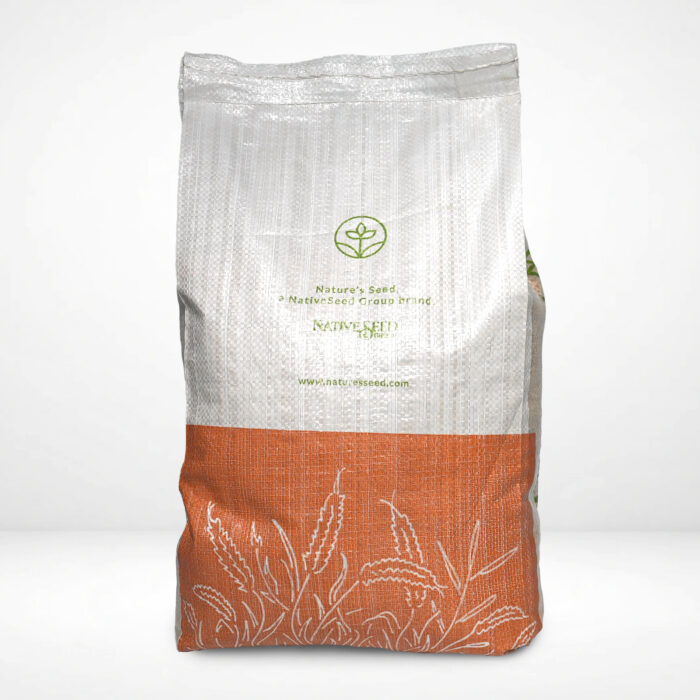
Timothy Grass
(4.7) - 145 reviews
$6.99/lb
Cattle, Sheep, Goats, Horse, Bison, Alpaca/Llama
Northern USDA Regions (3-5), Southern USDA Regions (8-10), Transitional USDA Regions (6-8)
